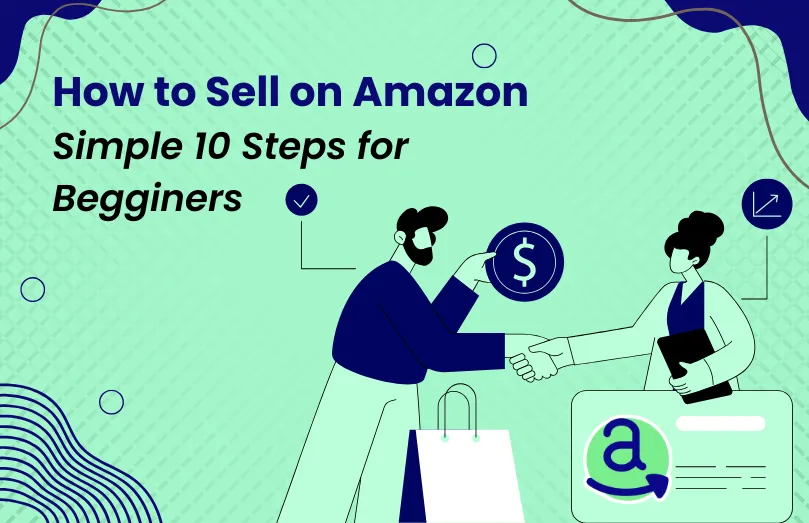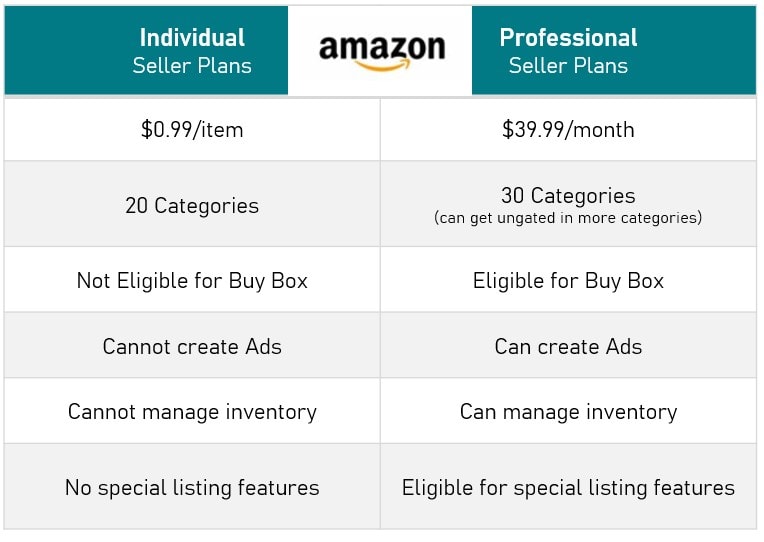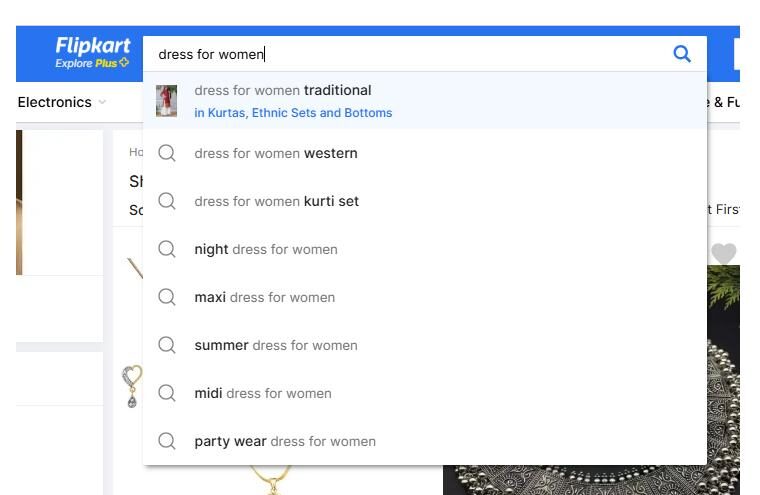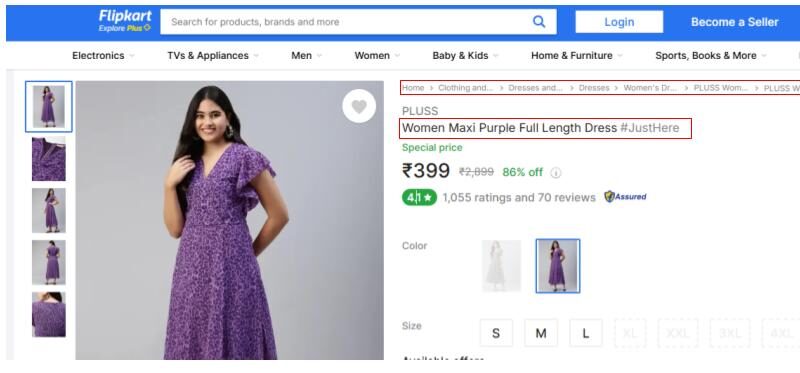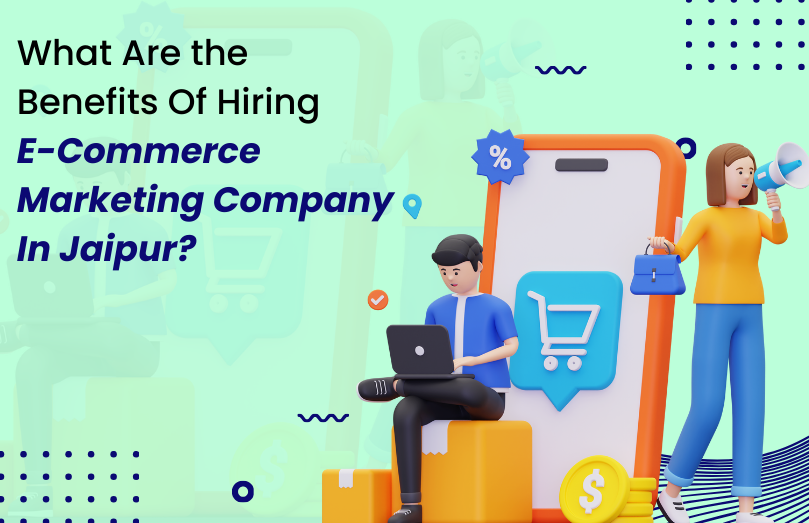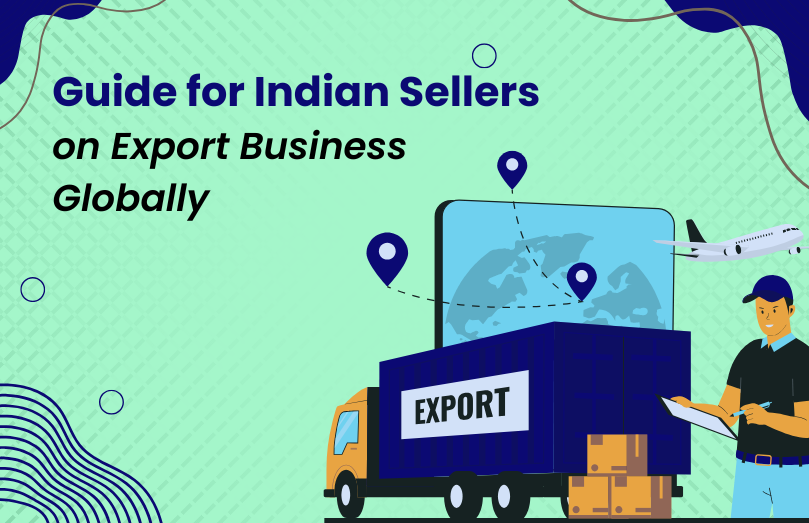With the digital-first mentality of our times, an online shop is no longer a question of including products and sitting back and waiting for business. Even superior products become invisible with fierce e-commerce competition and zero marketing effort. That is where e-commerce marketing steps in. Small and large enterprises now realise that online success is all about how well they market their products and engage with their customers.
You may wish to grow your business online in 2025, but you won’t need something so elementary as a pretty website—you’ll need a good, data-driven strategy. Employing the best e-commerce agency in Jaipur will enable you to tap into this potential and take your business to the next level. This year, partnering with the best ecommerce agency in Jaipur can be the defining step toward achieving sustained online growth and market leadership.
What is Ecommerce Marketing and Why is it Important?
In simple words, Ecommerce Marketing is the procedure and processes that bring traffic to your web shop, turn visitors into customers, and ensure they return again and again. It is not a matter of displaying ads but of creating a good impression of your brand, keeping your shop easy to navigate, and building long-term relationships with customers.
By 2025, the ecommerce industry will be more competitive than ever. Millions of online stores compete for customers, and buyers are spoiled for choice. Without Ecommerce marketing, your store runs the risk of being overlooked. With search engine marketing and social media marketing, paid search ads, and email marketing, every piece of the jigsaw has an important part to play in being successful.
Why Jaipur for Ecommerce Marketing?
You might wonder why choose an agency in Jaipur, when you have companies across India and even worldwide? The reason is a combination of experience, affordability, and innovation. Jaipur has gradually emerged as a digital hub, and agencies have begun offering world-class Ecommerce marketing services at very affordable prices.
Most agencies are attracted to Jaipur’s e-commerce sellers because they are creative and have technological expertise. The pool of talent is robust in the area, and the agencies have knowledge of both the local and the international ecommerce market. Whether you have a small boutique shop or a large marketplace, the top e-commerce agency in Jaipur can customise solutions to meet your needs.
What Is Unique About the Best Ecommerce Agency in Jaipur?
They’re not all alike. So, how are the good ones distinguished?
1. Integrated Services
A top agency is not vertical-specific. Instead, it offers a 360-degree solution for all e-commerce marketing services such as SEO, PPC advertising, social media marketing, influencer marketing, content creation, and conversion optimisation. It is a comprehensive solution for all of your business needs online.
2. Proven Results
Top agencies in Jaipur have an incredible track record of delivering results, which is why they are top agencies. They have taken companies online, increased sales and established loyal customer bases. All client testimonials and case studies support their capabilities.
3. New Methods and Technology
The marketing in 2025 is data-driven. Agencies are employing tracking, analytics, automation, and targeting technology to the best of their ability. This makes your campaigns not only innovative but also data-driven. Not only do your campaigns become innovative, but you can track, analyse, assess, and determine ROI.
4. Customised Solutions
Top ecommerce agencies understand that two businesses are not the same. Rather than relying on generic, one-size-fits-all approaches, they craft tailored strategies built around the brand’s identity, target audience, and long-term objectives.
The Benefits of Ecommerce Marketing to Business Development
Let’s face facts: Ecommerce marketing is not a cost; it’s an investment. Businesses that have made marketing a part of their strategy reach their growth earlier, have a larger, more powerful brand presence, and are more profitable.
Here’s how illustrating that the correct strategy can transform your business:
- Greater Visibility: Pay-per-click marketing and SEO place your store where it’s needed most – on Google, social media, and everything in between.
- Increased Conversions: Smart decisions convert visitors into paying customers on your website.
- Increased Customer Loyalty: Customers keep returning with personalised emails, promotions, and communications.
- Analytics and Informed Decisions: Each campaign provides insights that you can use to enhance your strategy.
Partnering with the best ecommerce agency in Jaipur puts you in line for the following.
Why 2025 is the year you should be investing in ecommerce marketing
The ecommerce arena is evolving very rapidly. Voice search, mobile commerce, and AI-based personalisation are changing how the world shops online; however, competition is increasing exponentially.
In today’s world, a business must have the understanding that it cannot thrive without intelligent marketing methodologies. Going into 2025, Ecommerce marketing is no longer just an optional tool for growth; it is the basis of how it will survive and grow in the digital space. Once you build a team, especially with an Ecommerce marketing expert team, you won’t just meet or exceed the condition or level – you’ll lead the charge.
Here are the key services of what to expect when working with the best agencies in Jaipur.
When you enter into a relationship with a quality agency, you are adopting to work together as partners and to grow your chosen obviously join the best opportunity that you may be able to wrap your potential around – as a partnership rather than just a service.
When bringing together a team from your agency to take up the challenge:
- SEO for Ecommerce: Your customers will have to be able to find your products easily; agencies help in promoting your product pages and descriptions, and categories,s so when they search,h you have an overall better ranking in the search engines, which equals more organic visitors to get your products to.
- Account Management: Ecommerce accounts are managed end-to-end, ensuring smooth operations, improved performance, and real-time identification of growth opportunities. Quick action is taken to resolve issues, maintain consistent order flow, and support sales success—allowing businesses to focus on growth objectives while account management is handled seamlessly.
- Advertising Services: Target customers with precise adverts that will generate sales from campaigns targeting existing & prospective customers on Amazon, Google, and Social Media. We will monitor keywords, targeting, and bids to refine campaigns and, in turn, maximise performance and achieve strong returns on investment!
- Listing Optimisation: With great online listings, browsers can turn into buyers! We can create optimised listings for you using optimised titles, bullet points, descriptions, and product images! We will use best practice SEO strategies to write engaging listings that will attract traffic, increase sales, and build your brand’s professional image, credibility, and trust for your buyers.
- Content Marketing: Blogs, videos, and infographics are more than just content; they are essential storytelling tools that help you connect with your audience and demonstrate your expertise while developing your brand visibility.
- Analytics & Reporting: Complete details on how your campaigns are performing and how to optimise them.
All these are crucial to building a solid platform to set up your online success.
So, let’s put this into perspective.
Why should you hire the best agency in Jaipur this year?
- A Proven Track Record: Combined experience spanning years to drive brands toward various types of success.
- Affordable Solutions: Professional work at reasonable rates.
- Customised Solutions: Programs designed specifically to fit your brand goals.
- Results That Matter: There is very little they will not help you with to support your bottom line, whether it is repeat customers or sales.
It is not just about contracting a service provider; it is about having a true growth partner by your side, one that thrives only when you thrive too.
Final Thought
In today’s fast-paced ecommerce environment, it’s not only about having great products. It’s about having a fabulous online presence, a brilliant plan, and relentless and superb execution. Ecommerce Strategy and Marketing bridges your store to the herd of ready-to-buy buyers. When you get the best ecommerce agency in Jaipur for your ecommerce business in 2025, you are preparing your business for success in a crowded market. Its ability to provide outstanding service in Ecommerce marketing, a fresh strategic approach, and a passion for achieving meaningful results will allow you to succeed. So, how ready are you to take your online business to the next level in 2025? It is time to make it count, partner with one of the best ecommerce agencies in Jaipur, and dominate 2025.

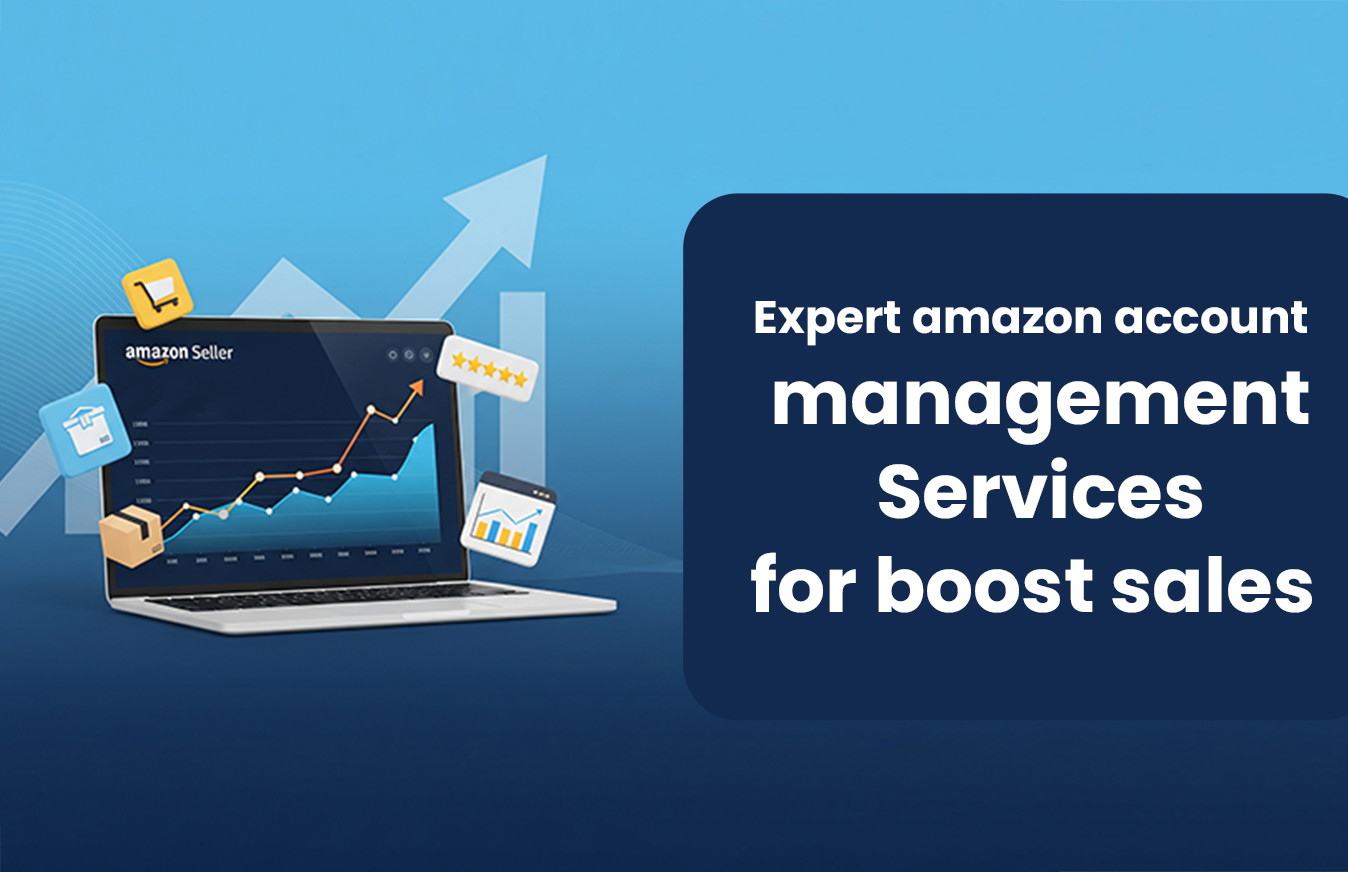

 A full-service Amazon account management
A full-service Amazon account management